The release of the truly impressive new Sony a7R3 camera (and now the Sony a73!) has caught a lot of our attention. The a7R2 also caught my attention because of a great spec list and an impressive sensor, but when I spent time with it in 2017 I was left feeling a little ambiguous. It was just lacking in a few key areas and had more compromises than I was personally willing to make. When I got my hands on the a7R3, however, it was a different story. Within just a few days, I knew this was a camera I could happily use. My long term review revealed some weaknesses but a whole lot of positives. One of my viewers summed up my feelings well when they commented on how much they were enjoying using the camera. I enjoyed using the camera, and, as a result, made the decision to purchase one for my own kit. But at the time of purchase I owned no full frame (FE) native lenses for it. One of the most useful lenses for any photographer (and any system) is a good 50mm lens. So, I made my first project after purchase a three way comparison showdown between the three top autofocusing 50mm options for the system: the Sony/Zeiss 50mm f/1.4 Planar T*, the Sony/Zeiss 55mm f/1.8 Sonnar T*, and the Samyang AF 50mm f/1.4 (hereafter known as the Planar 50, Sonnar 55, and Samyang 50).
These reviews will share some core content (like this intro), but will break into individualized reviews for each lens.
Prefer to watch your reviews? Here is the full, detailed final video review on the lens.
Check me out on: Google+: | Facebook: | Twitter: | Flickr: | 500px: | Sign Up for My Newsletter :
Build, Handling, and Specifications
For lenses that are roughly similar in their basic design (wide aperture 50mm lenses), there is a surprising amount of difference in the size, weight, and price of these lenses. The heaviest option (Planar 50) is more than twice as heavy as the lightest (Sonnar 55), and the most expensive option (Planar 50) is nearly 2 ½ times as expensive as the least expensive (Samyang 50). Using US market prices from B&H Photo (who supplied me retail loaners of each lens) at the time of review, the Samyang costs $599, Sonnar 55 $898, and the Planar 50 is $1398.
In this video episode I give you a close-up look at the build, design, and specifications for each lens:
Here’s a chart breaking down the other basic specifications of each lens.
| Lens | Weight | Diameter | Length | Min Focus | Magn-
ification |
Filter
Size |
Optical Formula |
| Sony 50mm f/1.4 | 27.36oz
778g |
3.29”
83.5mm |
4.25”
108mm |
1.48’
45cm |
0.15x | 72mm | 12 elem
9 groups |
| Sony 55mm f/1.8 | 9.91 oz
281g |
2.54”
64.4mm |
2.78”
70.5mm |
1.64’
50cm |
0.14x | 48mm | 7 elem
5 groups |
| Samyang 50mm f/1.4 | 20.64oz
585g |
2.89”
73.5mm |
3.85”
97.7mm |
1.48’
45cm |
0.15x | 67mm | 9 elem
8 groups |
The smallest lens (by a good margin) of the bunch is the diminutive Sony Zeiss 55mm f/1.8 Sonnar T*. The Sonnar 55mm really looks like an APS-C lens, and, if anything, most strongly resembles Zeiss’ Touit series of APS-C mirrorless lenses. It is a beautiful little optic, with a very sleek, minimalist design devoid of anything save a Sony badge on one side, a Zeiss on the other, and an FE 1,8/55 marking on the top.
The only slightly discordant note in the finish is the serial number, which appears more like something taped on after the fact than stamped on the barrel. The lens mount identifies that the lens was made in Sony’s plant in Thailand.
The focus ring is about an inch wide and is tightly ribbed in what feels like metal. The focus ring has a nice weight to it, though like most “focus by wire” lenses lacks some tactile feedback due to having no direct coupling to the lens elements. The focus ring only accomplishes something if the camera is in MF (or DMF) mode and powered on. Input from the focus ring in routed through the focus motor on the lens, which moves the elements. In some cases the focus feel on lenses like this is a little “numb”, and there can be the slightest bit of input lag, but Sony/Zeiss have done a great job in downplaying the shortcomings of focus by wire systems here. While it’s true that there isn’t a tremendous amount of “feel” (there are no hard stops anywhere and no real sense of moving towards a destination when manual focusing), there is basically no input lag and the focus action is precise. Also positive is that (provided you are in MF or DMF modes) is that the camera will automatically zoom in as soon as input is provided to the MF ring, which helps in finetuning focus. One final positive here is that, due to the very quiet focus, there is no distracting noises from the focus motor while focusing, which makes this feel a little more like a “real” focus experience.
There are no switches nor any kind of distance window (outside of the Zeiss Batis series and their OLED screens, none of these “focus by wire” mirrorless lenses have a distance window.) You will have to control features like AF/MF and OSS from within the camera body (OSS in this case is camera specific anyway, as there is no OSS built into the lens).
Though the lens is very compact (and very light at only 281g), the build grade does feel premium, and Sony states that the lens is dust and moisture resistant. I’ll have to take their word for it, as I could not detect any external evidence of sealing (no gasket at the lens mount, for example). The lens has a very small (but standard) 49mm filter size, and the nine aperture blades are fairly rounded and help retain a circular aperture even when stopped down.
Up front the lens looks very “Zeiss” and not at all “Sony”. The branding (Carl Zeiss), Lens Designation (Sonnar FE 1,8/55 ZA), coating designation (T*), and even fonts are right out of the Zeiss playbook. This is a good thing, though, as Zeiss has the best lens facades in the business. Very classy.
The lens sports Zeiss’ highly regarded T* coatings, and, while far from perfect in my flare resistance test, it did provide the best performance of this bunch. Wide open the performance was quite good, but when stopped down more pronounced ghosting artifacts appeared.
It’s easy to see why these lens is equally popular with APS-C shooters, as it fits and balances a small body like the Sony a6500 that I own very nicely. The other lenses seem a bit like the “tail wagging the dog” (particularly the Planar 50), but the Sonnar 55 looks like it belongs there. The resulting near 85mm (82.5mm) focal length (with Sony’s 1.5x crop APS-C crop factor) makes it a prime portrait focal length and, to me, a better fit there than what a 50mm does.
Sony/Zeiss have done a fantastic job in building this lens. It is very elegant looking, highly functional, and retains a premium feel to it despite it’s compact size. This may be the most expensive 50mm(ish) f/1.8 lens out there, but it looks the part. It bears little resemblance in function or finish to the budget 50mm f/1.8 option from Sony.
Focus Noise, Speed, and Accuracy
The Sonnar 55mm is, out of the box, the winner for quick and quiet autofocus performance out of the three lenses in my comparison. It was entirely silent throughout my whole review period. There have been some who had stated that over time their lens has developed some noise, but that was not apparent during my review.
For stills shooting the two Sony lenses are both fast and quiet. The Sonnar 55 continues to be extremely impressive, with focus being essentially completely silent and very fast. When using the lens and a Sony camera with “Silent Shutter” enabled, the only confirmation you will have of focus and a photo have been taken is when the camera writes to the card. Eye AF works confidently with the a7R3, and reasonably well with the a6500 (Eye AF and the focus system are not as refined in the a6500). Autofocus accuracy seems to be good, though I did notice a few occasions when the opposite eye of the one selected by Eye AF was actually in focus, indicating (in this case) a little backfocus.
Each of these lenses handles focus a little differently, but there is one clear winner when it comes to video autofocus performance – the Sonnar 55mm. It is the quietest lens of the bunch when focusing (essentially silent), and also focuses smoothly and confidently for video AF.
One thing to note with any of these lenses is the fact that depth of field can often be extremely small when working at close focus distances. I tend to use Sony’s mirrorless AF system a little differently than a DSLR, where I personally was most likely to choose a single AF point and place it where I wanted it (typically effective). Because of different AF options, selecting an individual AF point on, say, a Sony a7R3, is less necessary. I actually tend to use the wide zone and then employ face tracking and/or Eye AF to augment that. When working with a subject with eyes, Sony has refined this technology to near-perfection (particularly if they are facing the camera). I consistently got great results when focusing on human subjects:
When you can’t use face detection or Eye AF, however, you may need to adjust your approach to get the area you want in focus. If the autofocus doesn’t grab the area I want, I just override with my thumb on the touchscreen and move the “Flexipoint” around when I want it. This is typically effective, though with very narrow depth of field shots even the Flexipoint AF box is a little bit large, and the area selected may not be perfectly what you had in mind. I recommend a couple of alternate approaches. The first is go back to a DSLR type approach and put an autofocus point on the area you want or you can magnify the flexipoint to allow you to have a more precise target. The second, however, is to enable DMF as your focus mode, and, if you feel the autofocus has not grabbed the point you want, just turn the manual focus (MF) ring to enable manual override. The great thing about all three of these lenses is that, in that scenario, the image automatically magnifies on either the LCD screen or in the viewfinder, making it easy to refine focus to the exact spot that you want.
Image Quality
I did a comparison of image quality on both a 24MP APS-C (a6500) and 42MP full frame (a7R3), with fairly similar findings on both. Since adding these two Sony cameras I’m finding that image quality results with lenses tested on both cameras isn’t all that different because of the similarities in the pixel pitch/density between the a6500 (24 MP APS-C = 3.89 µm) and a7R3 (42MP FF = 4.5µm). Pixel pitch refers to the amount of pixels packed onto a sensor, and, while the absolute number of pixels may be lower on the a6500, it’s sensor size/area is much smaller (23.5 x 15.6 mm) compared to the full frame a7R3 (35.90mm x 24.00mm).
The Canon 6D camera that I used to shoot a lot on has a pixel pitch of 6.54 µm, due to having 20 MP full frame sensor, while my Canon 5D Mark IV (30.2MP) has a pixel pitch of 5.36 µm. You are probably seeing the pattern – the bigger the megapixel count relative to the sensor size brings the number down. It was not until the release of the 50 MP Canon 5DsR a few years ago that full frame cameras had a pixel density similar to that of APS-C cameras. The Canon 5DsR has a pixel pitch of 4.14 µm, which is still not quite as dense as the as the 24MP APS-C cameras (though very close). In the past, full frame lenses would often look quite a bit worse on APS-C because there were so many more pixels (relatively) packed in there – more than the lenses were engineered for. But now, thanks to much higher resolution full frame bodies, modern lenses are designed to resolve much higher.
I went into this ramble mostly to let you know to not expect a major difference in results on full frame lenses tested on the a7R3 and also the a6500 because the demands of the two sensors are roughly the same.
You can see a more detailed breakdown of my findings on APS-C in this video here:
A quick summation of my findings:
- The Sonnar 55 has good center sharpness with a nicely even performance across the frame. It has a slight bit of chromatic aberration that slightly reduces contrast, though contrast is weak only in comparison to the truly exceptional Planar lens. Stopped down the Sonnar 55 has the best landscape performance, with great sharpness even into the extreme corners. The Sonnar 55 has the busiest bokeh of the bunch, with a greater tendency towards cat-eye shapes towards the edges of the frame and with more hard edges that grab the eye in defocused regions.
- More pedestrian f/1.8 lenses will, put simply, be left in the dust by this lens. It is very sharp, has good contrast, and is effectively sharp at both portrait and infinity distances, something that lesser lenses simply cannot say.
To give you a more detailed breakdown: on APS-C at portrait distances I saw little difference between center and edge performance (the lens benefits from the outer portion of the image being cropped). This comparison shows you the center and outer crops at a pixel level.
Stopping down to f/2 produced little change (only 1/3rd stop), but a full stop down to f/2.8 shows a significant improvement, though primarily in contrast.
This is due to the fact that, while mild, there are some axial/longitudinal chromatic aberrations at wide apertures that clear up considerably when the lens is stopped down one stop.
If you compare the Sonnar 55 to the more expensive Planar 50mm lens on APS-C you will find fairly similar results with both lenses wide open. Here’s a look at the center resolution at portrait distance:
When stopped down a bit (from f/2 to f/4), the Planar delivers a stronger performance than the Sonnar 55 due to higher resolution and stronger contrast, but at landscape apertures (f/5.6 and smaller), the Sonnar actually delivers the most consistent resolution from corner to corner. It makes for a beautiful landscape lens on APS-C, as these photos demonstrate:
At landscape distances the chromatic aberrations are little more visible on high contrast objects due (in part) to the challenges of bright lenses in bright conditions. I was up against the shutter limits of the a6500 until f/2.8. There are few applications for shooting landscapes at f/1.8 in bright conditions anyway! At f/2.8 I saw good sharpness and contrast in the center of the frame and only marginally softer results on the edges.
At more typical landscape apertures (say, f/5.6), the image quality is excellent across the frame. All in all it is hard to imagine a better APS-C option at or near the 50mm focal length. Here’s another shot taken with the Sonnar 55/a6500 combo:
Sonnar 55mm Full Frame Results
Though the Sonnar 55 looks like an APS-C lens when compared to the other two options in this comparison, it is in fact a native full frame lens. It delivers excellent results even when paired with the high resolution a7R3 sensor. Check out this video for a detailed breakdown of how all three lenses compare on their native full frame:
At portrait distances the lens delivered similar results to what we saw on APS-C. The center of the frame and the edges are fairly similar, with a slight reduction in edge contrast and a very slight magenta note from some minor chromatic aberrations.
Sony handles things different than Canon (whom I’m most familiar with), in that Sony embeds lens correction profiles even in the RAW files. The upside to this is that you never really have to think about correction in either RAW or JPEG files. The downside is that it sometimes masks lens deficiencies, as the result on the screen is the product of both optical and software correction. If I go in and unclick the profile box, however, I don’t really find anything nasty. There is some moderate vignette at f/1.8 that is being corrected for, but it isn’t significant enough to be a real issue. There is an almost imperceptible amount of pincushion distortion that is also being corrected. All told…no big deal.
There is a very minor improvement in contrast at f/2 (a mild correction of axial CA is taking place), but at f/2.8 the difference is more pronounced. Both center and edge performance are excellent. Here’s a visual comparison in both center and edge between f/1.8 and f/2.8:
There is only minor improvements after this point, and they are visible only on the edges. Image quality is already excellent and near optimal by f/2.8 at portrait distances. The only reason to stop down more is to increase depth of field.
Moving out to infinity focus shows an advantage for the full frame performance due to a few factors. The first is the combination of the superior sensor and shutter of the a7R3; the former provides more dynamic range while the latter provides a 1/8000th maximum shutter speed compared to the 1/4000th shutter speed of the a6500. Add to this that the Sonnar 55 is natively a full frame lens, and the byproduct is a better performance in the harsher lighter conditions of this controlled landscape comparison.
We find a consistent performance across the frame even at f/1.8, with only slightly more contrast and sharpness in the center compared to the outer right edge.
If we compare the wide-open result with the f/2.8 result on the edge of the frame we see a significant improvement in contrast and resolution of fine textures.
The reason for this becomes obvious when zero in on a high contrast area in the scene. The wide open result has some veiling that is a byproduct of some chromatic aberrations that are impacting micro-contrast and the rendering of fine details. There’s a significant improvement of this to near-perfect conditions at f/2.8, which produces a cleaner, more detailed result.
Stopping on down to f/4 and smaller produces minor improvements, though none so significant as that first major improvement. Optimal landscape aperture appears to be f/5.6, though f/4 and f/8 are highly similar. This is a great landscape lens at smaller apertures, and will give excellent edge to edge results even at f/2.8.
The more expensive Planar lens gives more excellent microcontrast at wider apertures due to better chromatic aberration control and generally has more “punch” to images, though starting at f/4 there is little to separate the lenses and the Sonnar 55 is actually a bit better in the edges. Few people are complaining about the resolution from the Sonnar 55!
During my review period and comparisons, I noted that the Sonnar 55 delivered the “coolest” results of the three, with a slight bias towards blue tones. The Planar 50 delivered the most neutral results, so if optimal color accuracy is a high priority for you, you may want to check out my review of that lens here.
The Samyang 50mm f/1.4 delivered a noticeably warmer result than either of the Sony lenses that was pleasant in some situations and unpleasant in others. Ultimately this is a negative, as it is producing less accurate colors.
My only “knock” against the Sonnar 55 optically is that I found the bokeh rendering the least pleasing of the three. I recognize that bokeh is a highly subjective topic, but I found the bokeh rendering to be the most busy of the three options and more prone towards geometric distortion (cat-eye look along the edges of the frame, for example). There were situations when I liked the bokeh rendering from the lens, like in these shots.
In other more demanding situations, however, I found the bokeh rendering grabbed more hard edges than competing lenses. Here are few examples of busier bokeh results:
Trying to “zoom” into bokeh is sometimes more difficult as by intention nothing is really in focus, but here are few examples that illustrate my point. In this first example you can clearly see the harder edges and busier, less creamy background when compared at equivalent aperture to the Samyang AF 50mm f/1.4:
In this second result you can see the significantly more deformed bokeh highlight “circle” along the edge of the frame.
In the final comparison, which shows a defocused wall decoration and compares the Planar 50 and the Sonnar 55 (both at f/2), you can see both factors at play. The Sonnar results looks busier (despite a focal length advantage that makes the focused area larger and softer) and you can also see more deformation of what should be circles.
Now, as I’ve said, this is a subjective measurement, and there are a number of people who love the bokeh out of the Sonnar 55. Few people have had the opportunity as I have, however, to run controlled tests and directly compare the lens to other alternatives.
All in all, however, the lens delivers what must be considered excellent image quality, and there is no disputing that the compact size of the lens doesn’t really dilute its excellent optics. Bravo, Sony. Or Zeiss. Or whoever is responsible for this lens! Here are few more images from the Sony a7R3/Sonnar 55 combination:
I would encourage you to check out the Image Galleries to see more real-world samples from the lens.
Conclusion
For many, many Sony shooters the Sony Zeiss 55mm f/1.8 Sonnar T* lens has struck the sweet spot for the relationship between size, optics, autofocus, and, to a lesser degree, price (which is arguably pretty steep for an f/1.8 lens). The Planar 50mm f/1.4 strikes many as being unnecessarily large and expensive by comparison, and those who own both an APS-C and full frame camera logically conclude that the Sonnar 55 is the best fit as a hybrid lens for both systems. It is a very competent lens in every way that checks the boxes for me as a reviewer, but I will confess that as a photographer my heartstrings aren’t strongly tugged by it. The images are good, but the rendering is not (to my eye) exceptional. The Planar 50 is the one that draws me despite its much larger size and price tag. But I suspect many photographers will conclude that the Sonnar 55 is the practical choice…and it is. You couldn’t ask for a better travel lens or compact option to bring along easily in your bag. It will cover the 50mm(ish) focal length with competence. I just wish its rendering was a little more magical.
Pros:
- Fantastic size and weight
- Great build, including moisture and dust resistance
- Fast, accurate autofocus
- Autofocus is completely silent in both video and stills shooting
- Excellent sharpness across the frame on APS-C and Full Frame
- Low levels of distortion and acceptable levels of vignette
- Eye AF works well
Cons:
- Bokeh rendering is a little busy
- High price tag for an f/1.8 lens
Sony FE 55mm f/1.8 Sonnar T*: B&H Photo | Amazon | Amazon.ca | Amazon UK | Ebay
Sony a7R III Camera: B&H Photo | Amazon | Amazon.ca | Amazon UK | Ebay
Peak Design Slide Lite: Peak Design Store | B&H Photo | Amazon | Amazon Canada | Amazon UK
Sony a6500: B&H Photo | Amazon | Amazon.ca | Amazon UK | Ebay
Peak Design Leash Strap: B&H Photo | Amazon | Amazon Canada | Amazon UK
Adobe Photoshop Creative Cloud 1-Year Subscription
Alien Skin Exposure X2 (Use Code “dustinabbott” to get 10% anything and everything)
Purchasing your gear through B&H and these links helps fund this website and keeps the articles coming. You can also make a donation here if you would like. Visit my Amazon page for some of my gear of choice! Thank you for your support.
Great News! I can now offer a 5% discount on all purchases at Amplis Foto, Canada’s Leading Photographic Supplier. Please enter discount code: AMPLIS52018DA in your cart. It is good for everything in your cart, and is stackable with other coupons, too! It will take 5% off your entire order! Proceeds go towards keeping this site going and providing you with new reviews!
Check me out on:
My Patreon: | Google+: | Facebook: | Twitter: | Flickr: | 500px: | Sign Up for My Newsletter :


A73 Poster


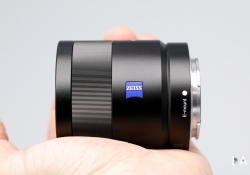
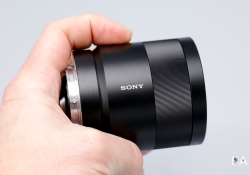
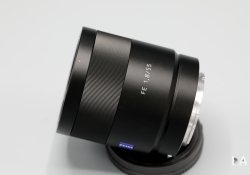
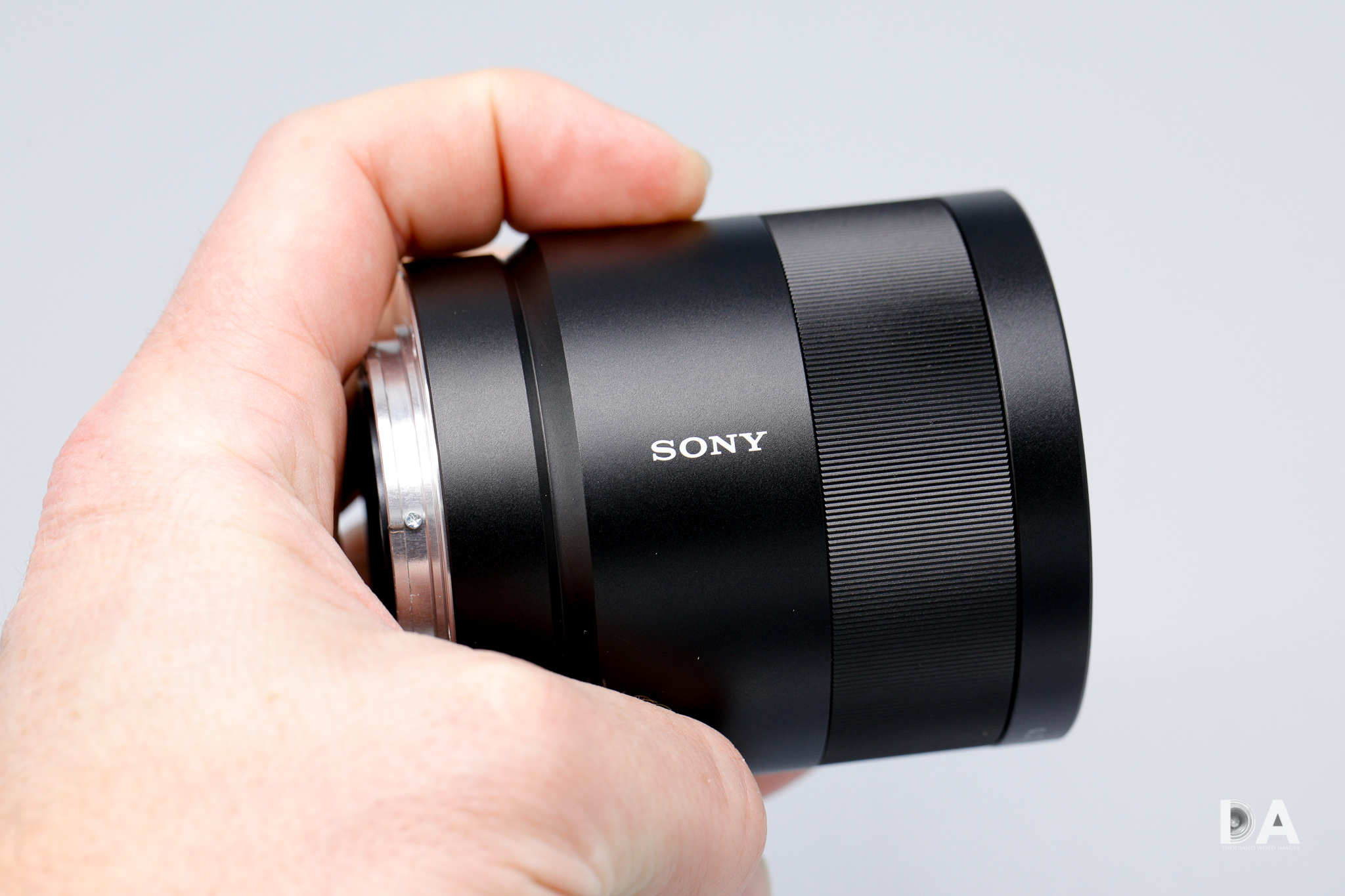
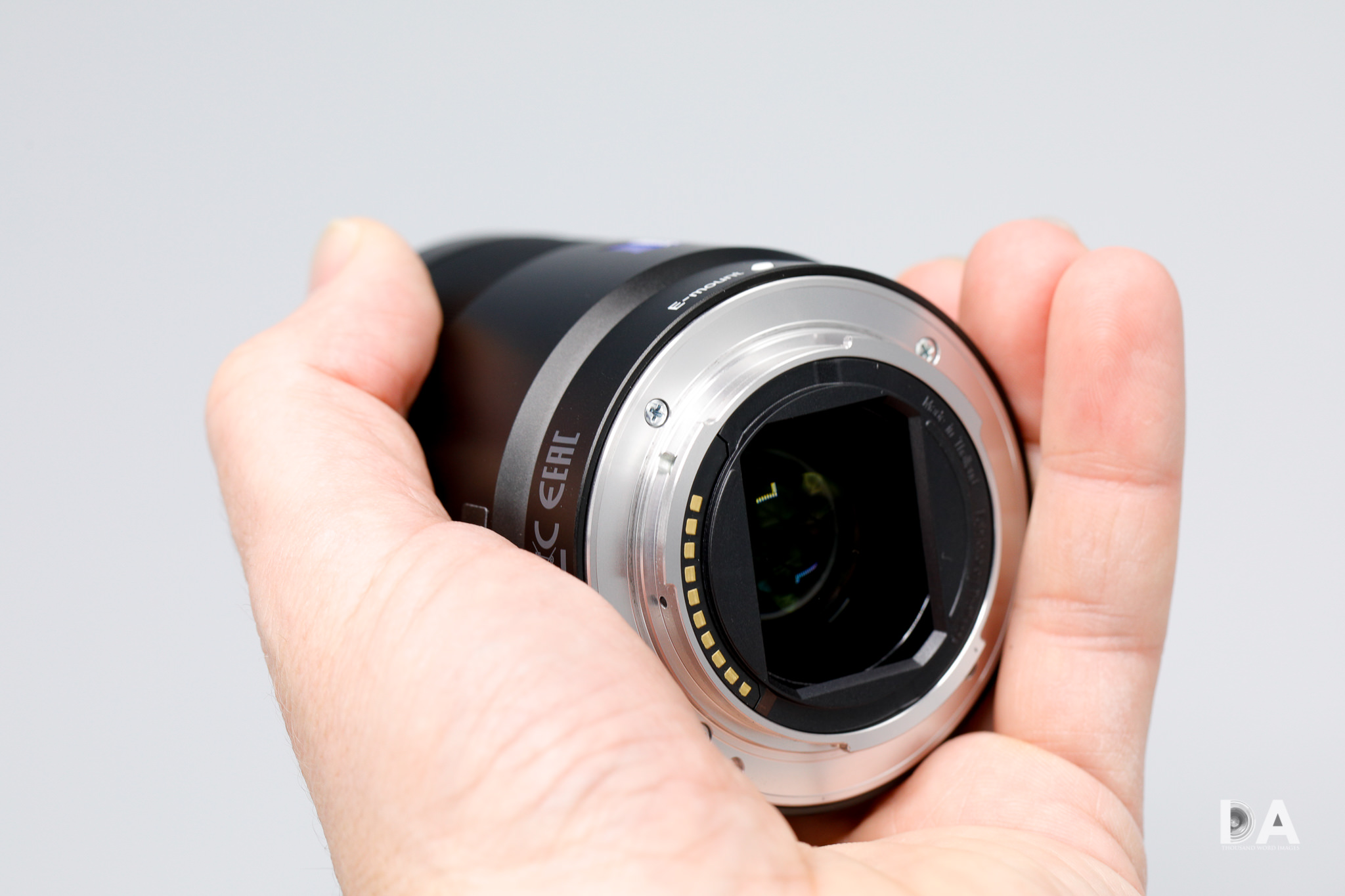
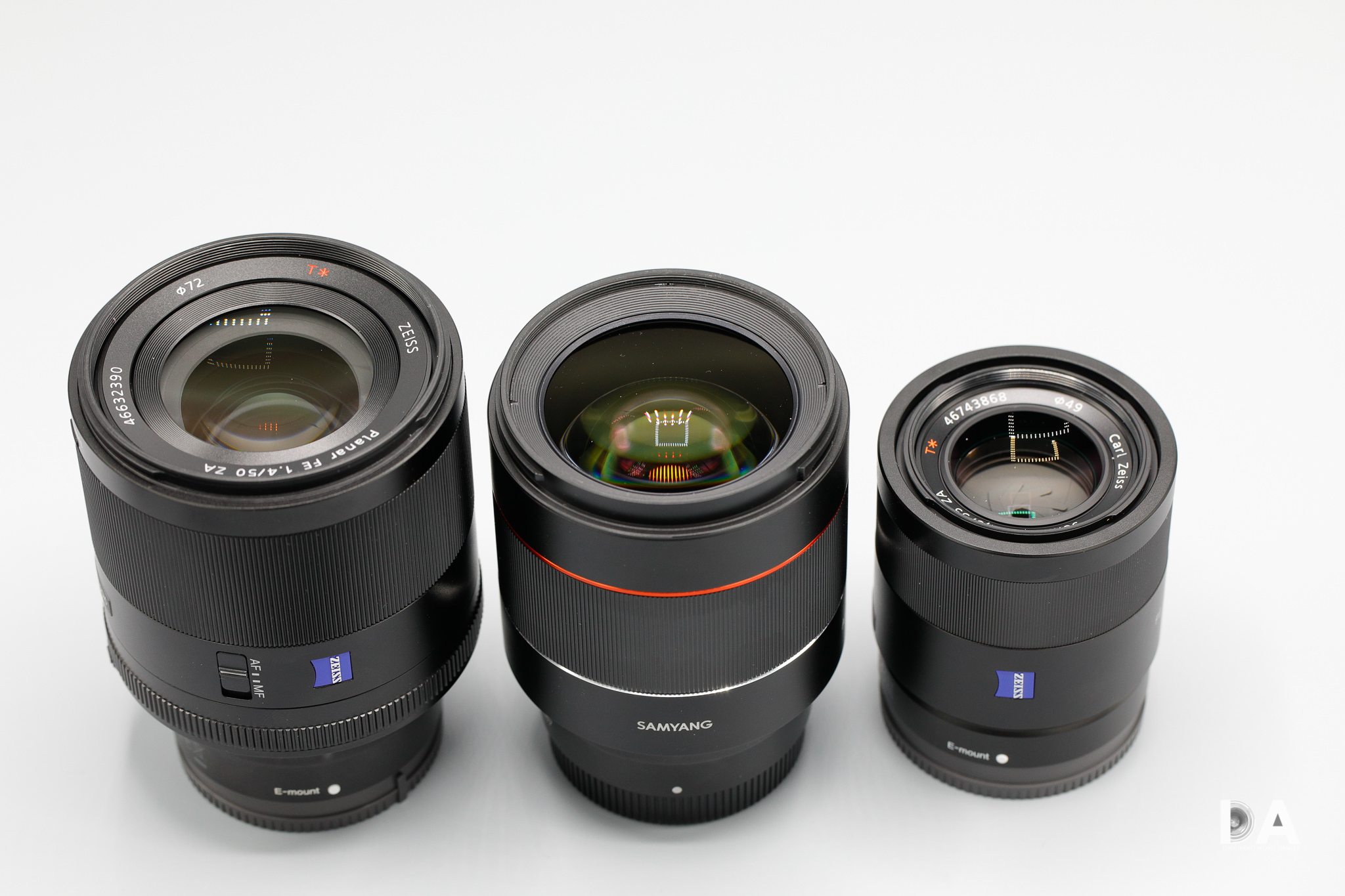
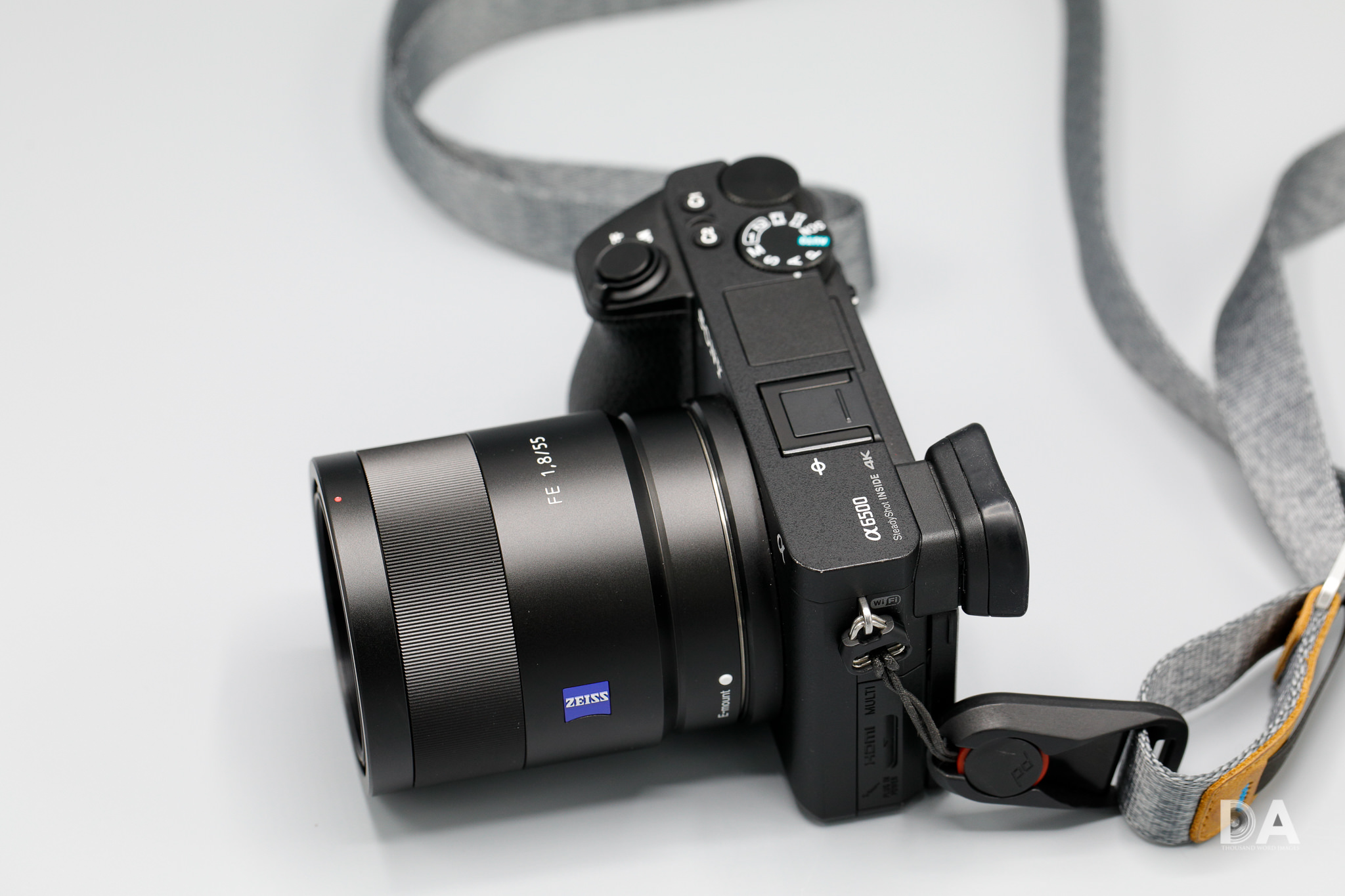


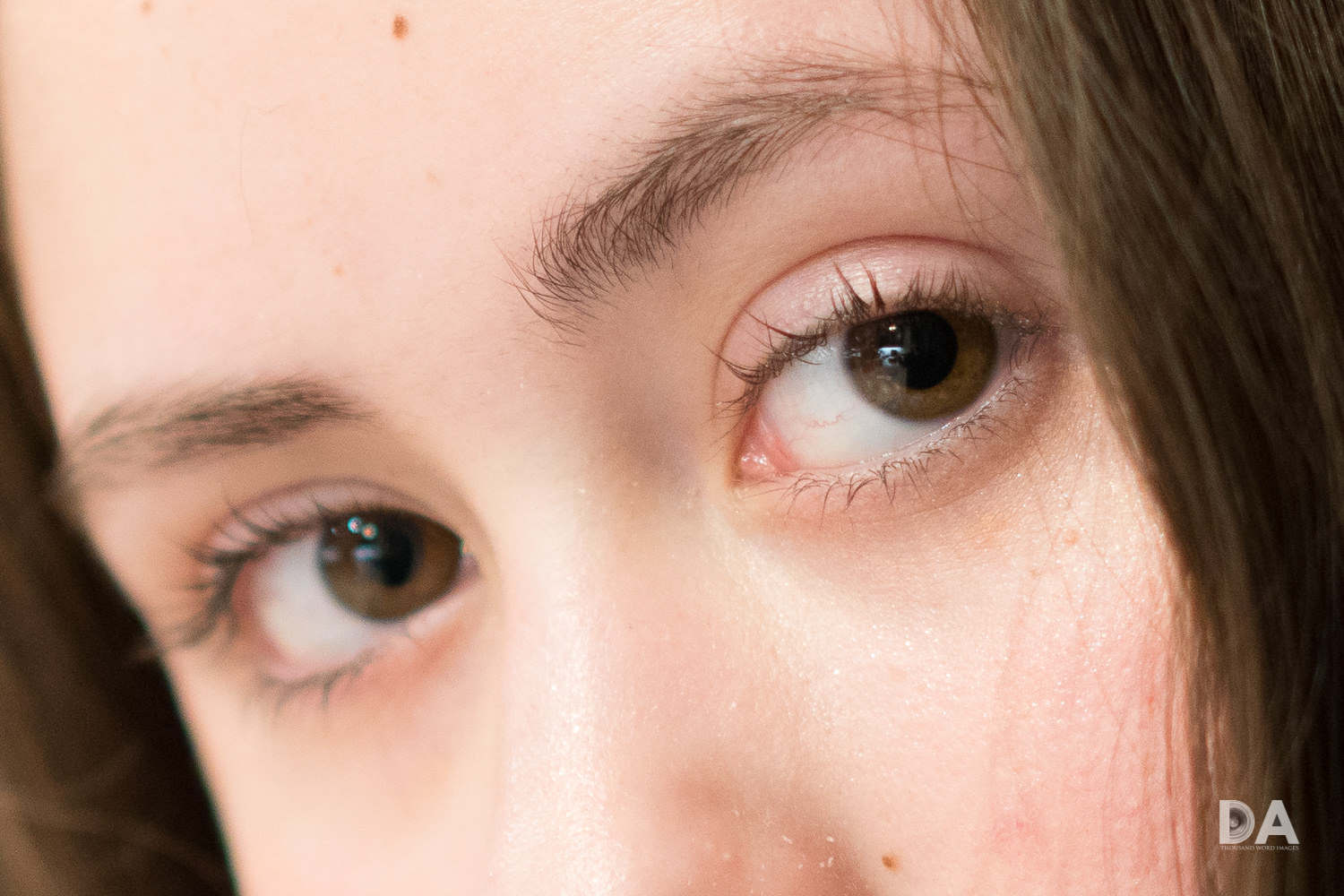

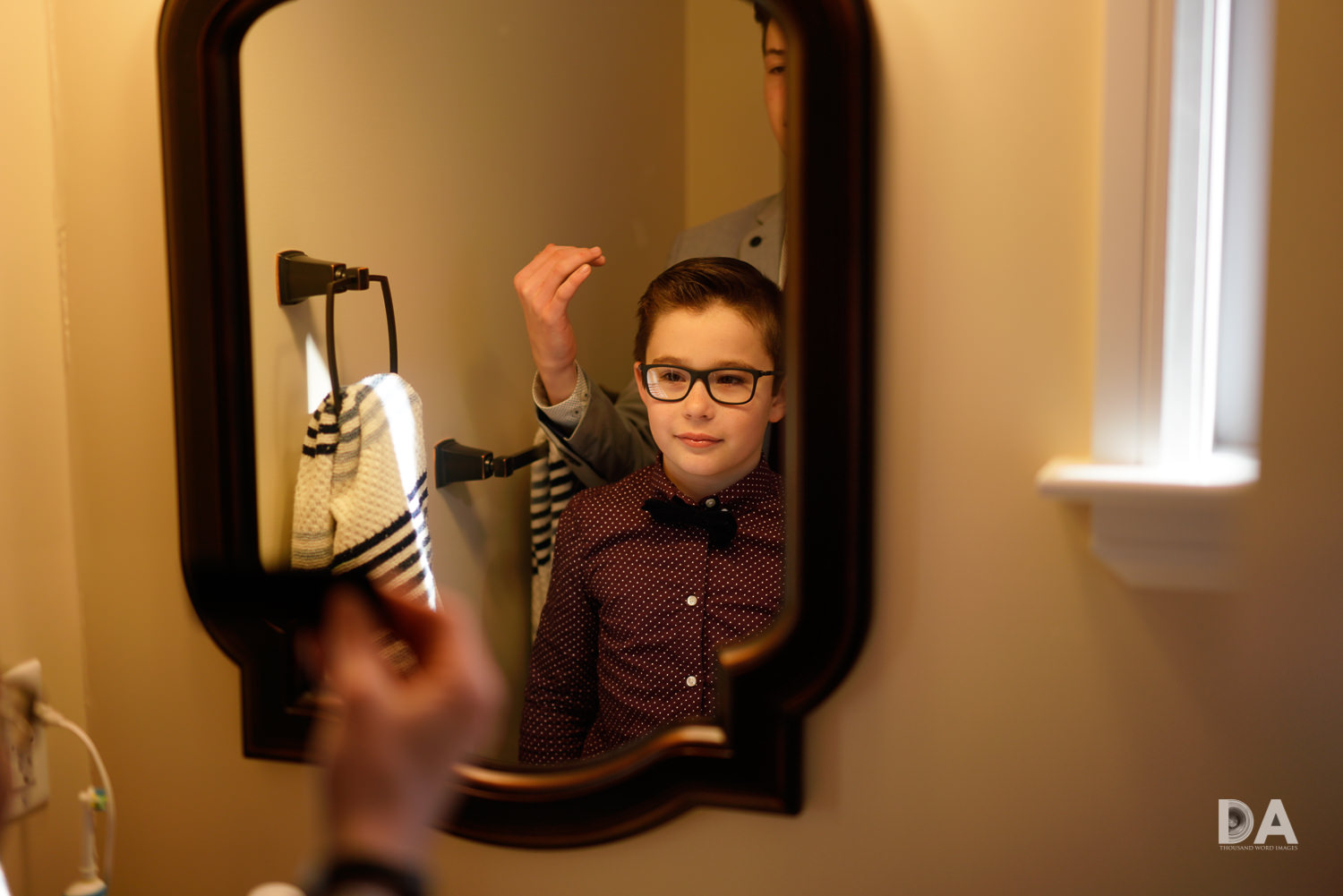

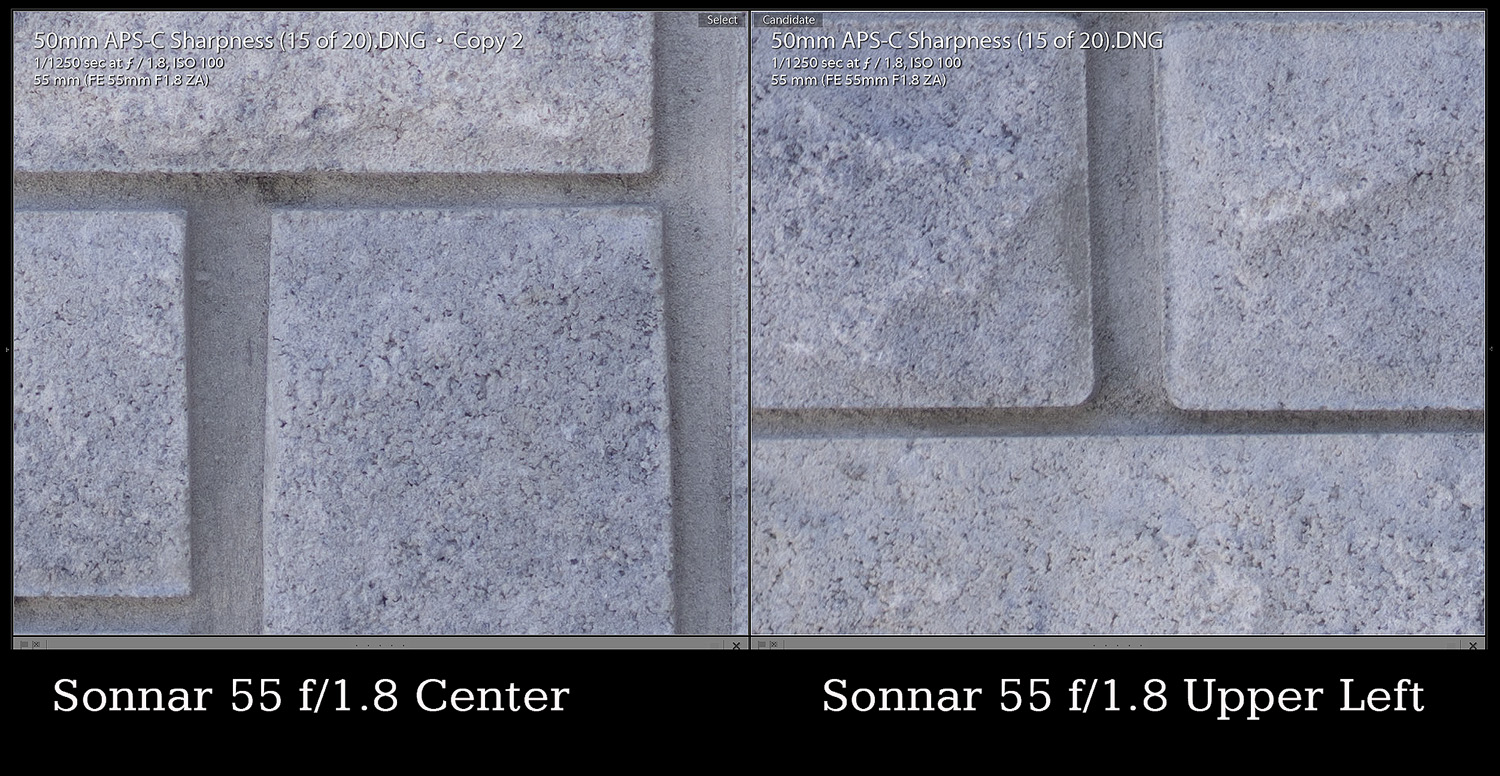

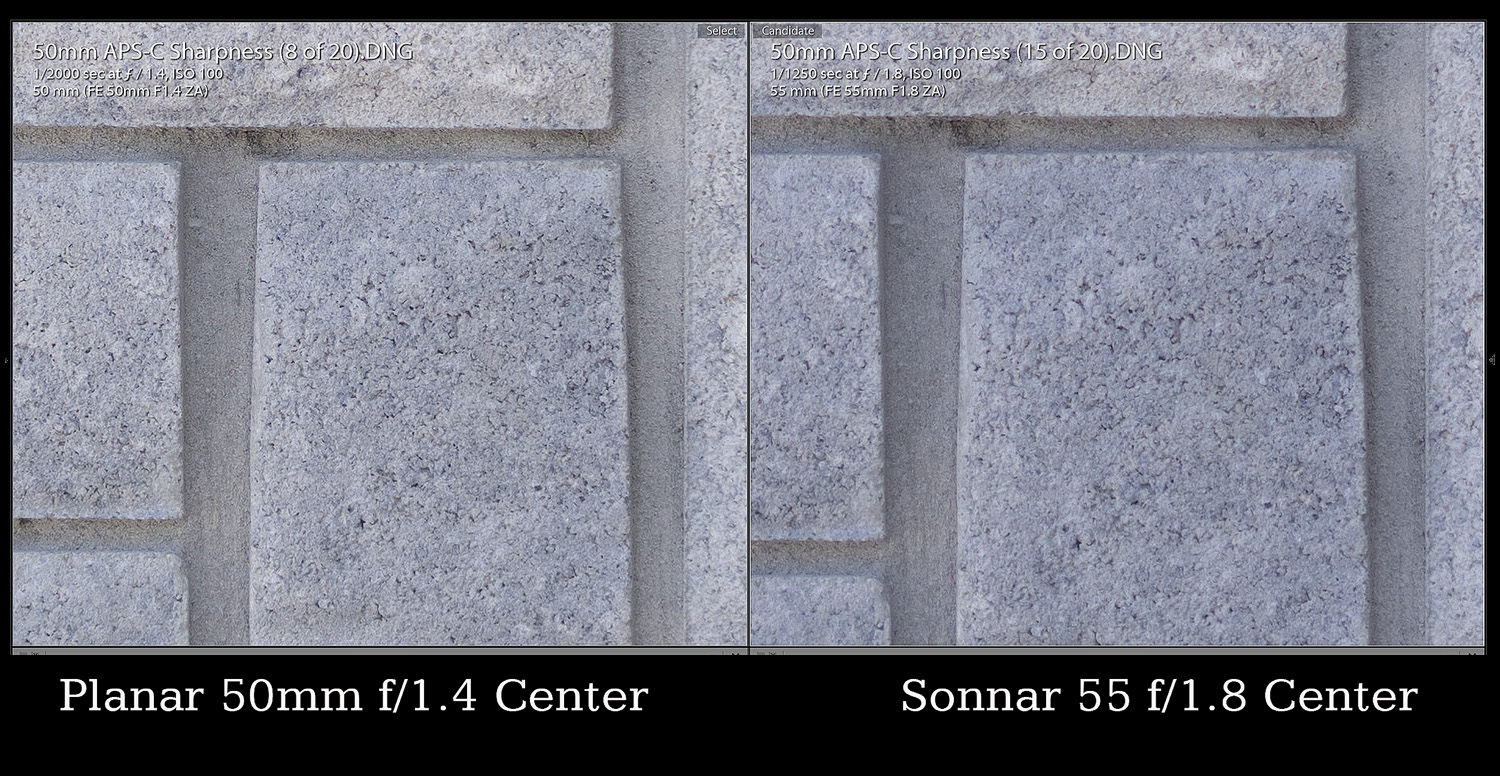
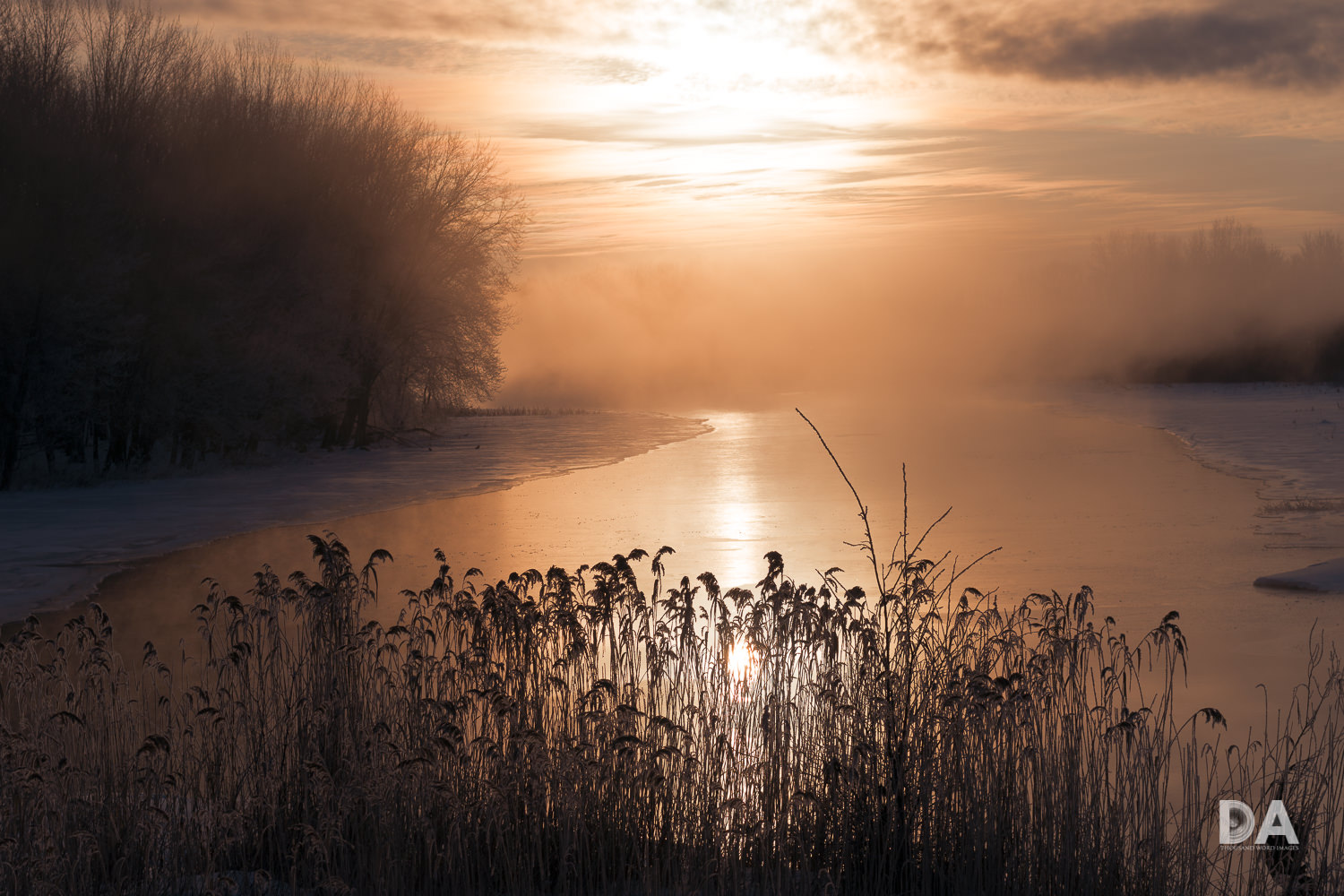

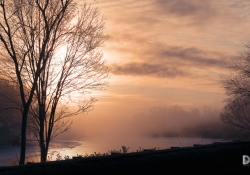
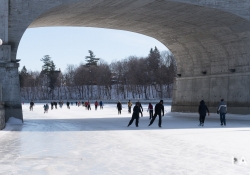
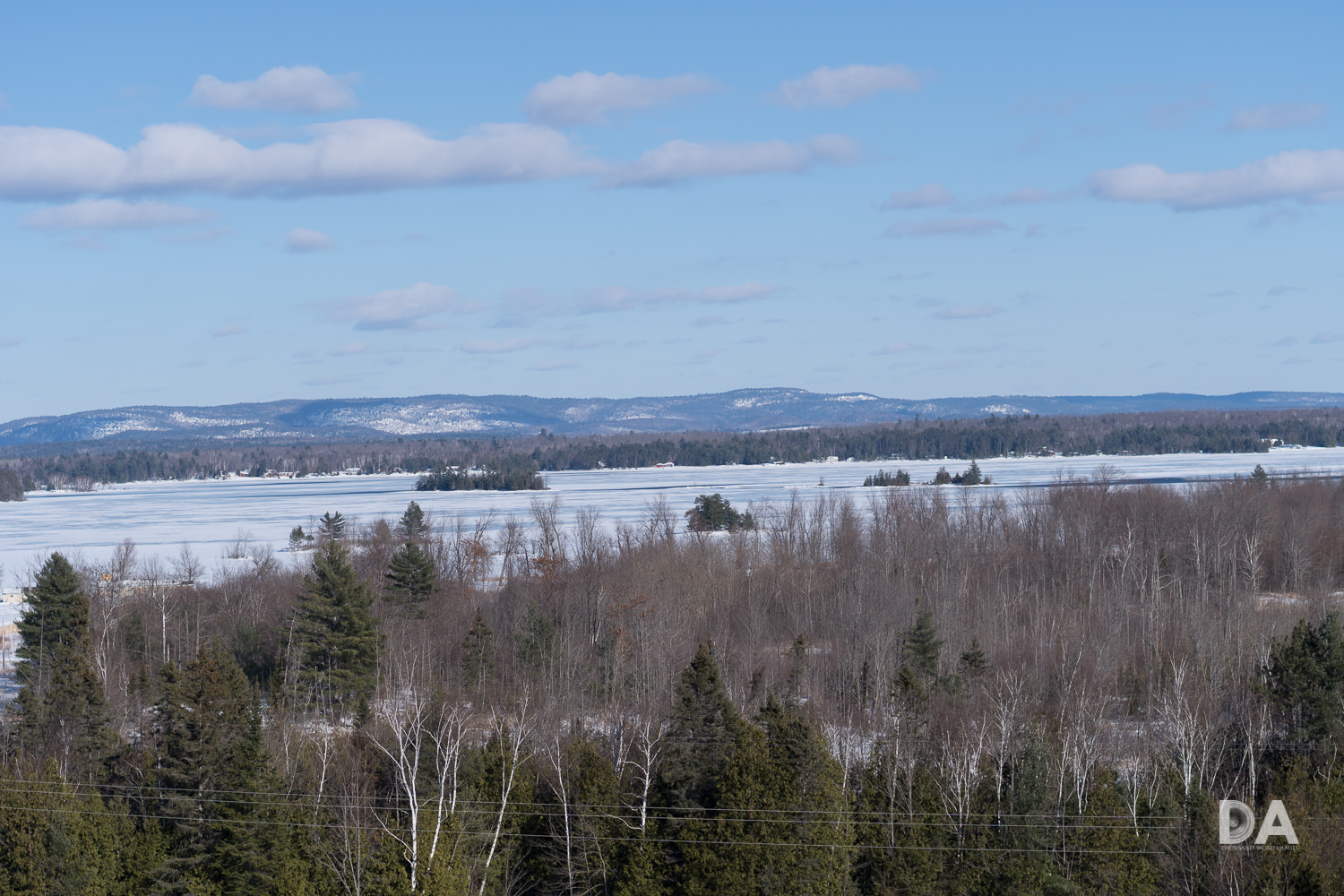
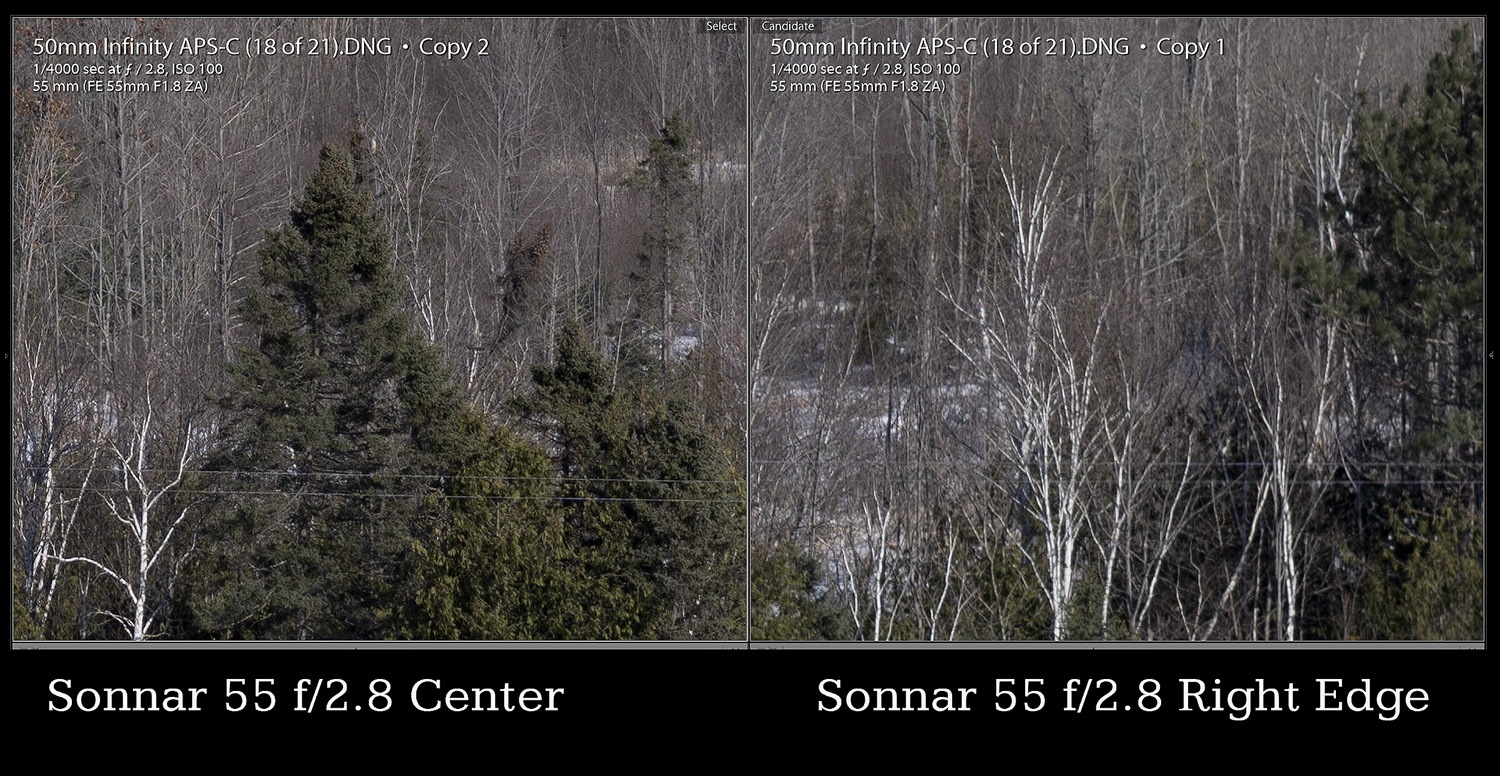


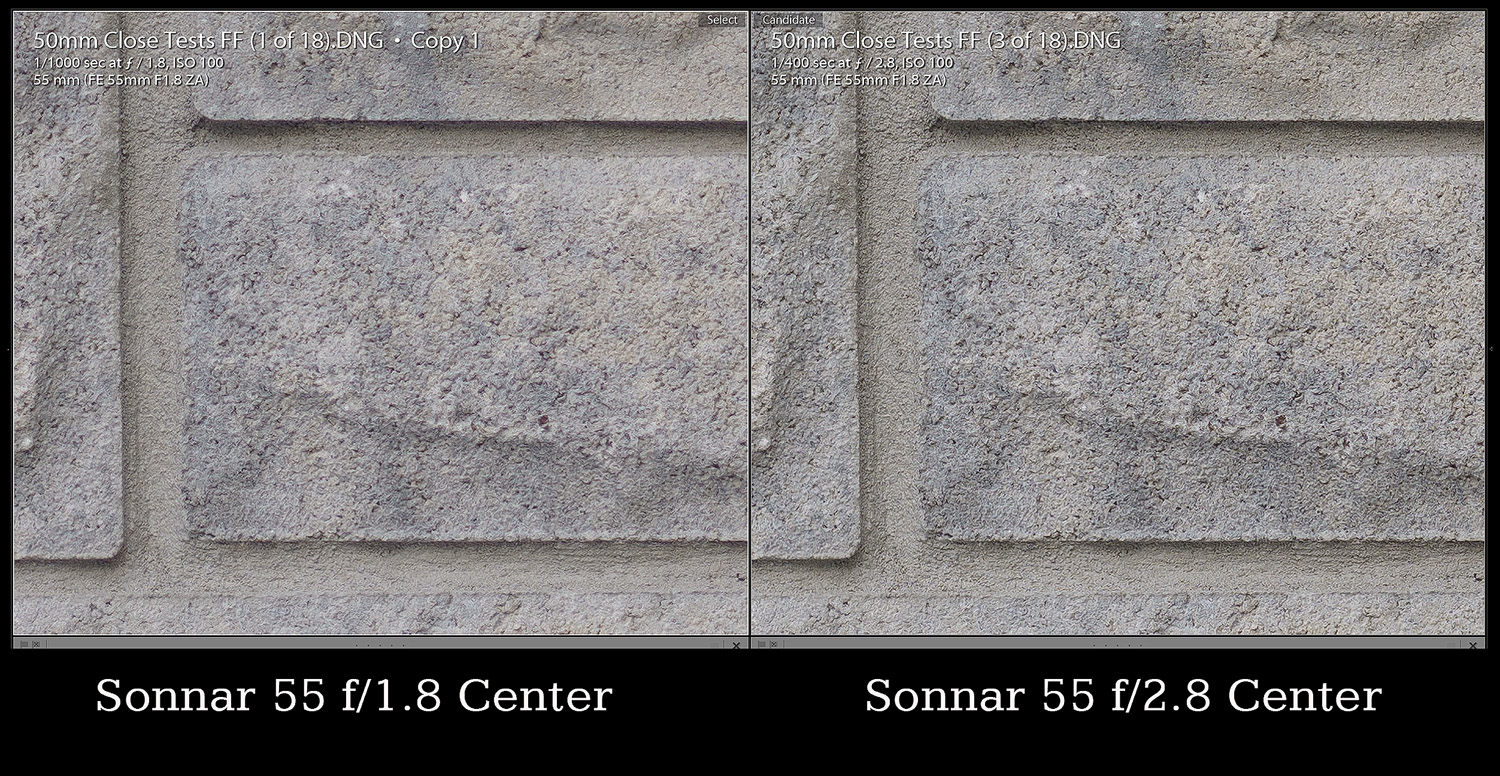
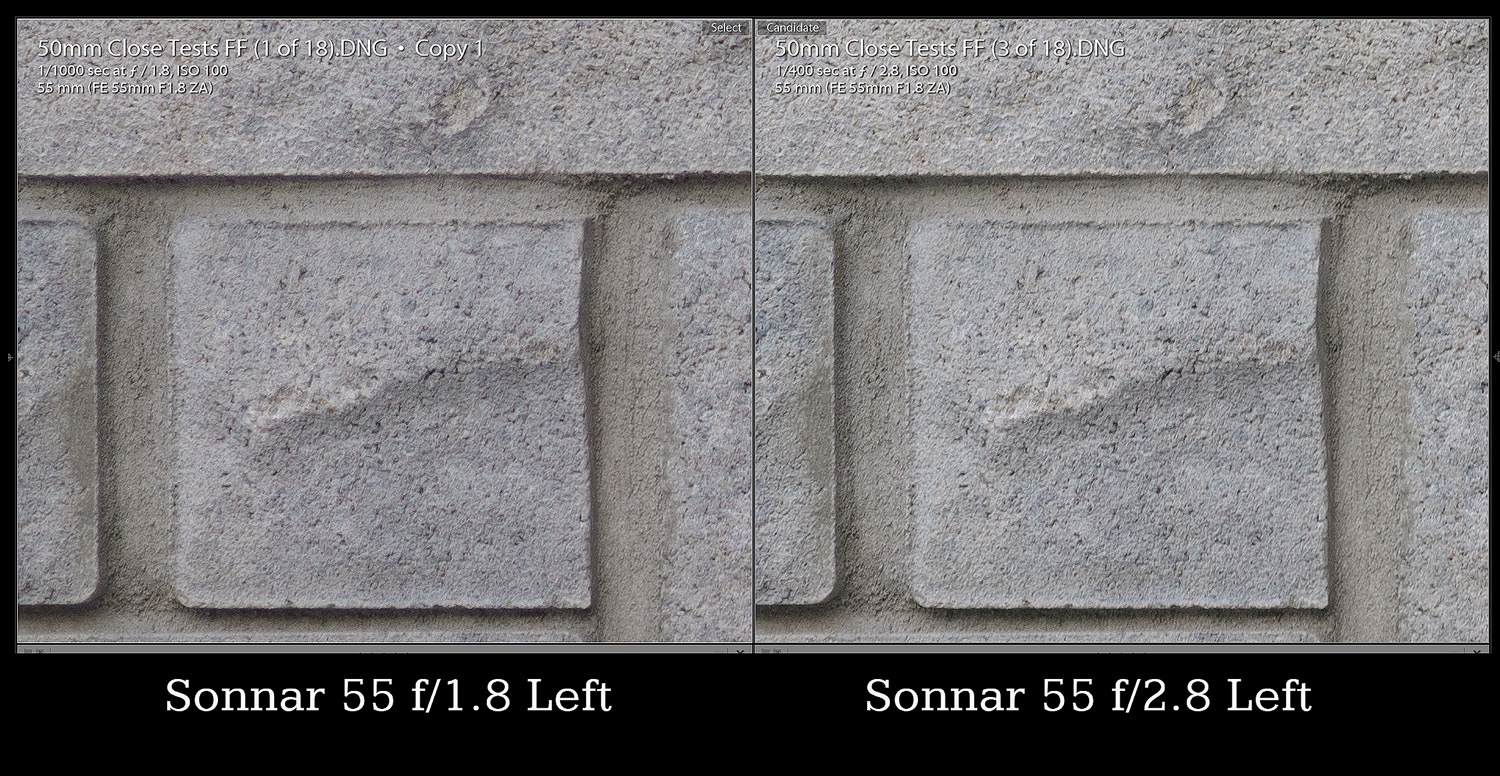
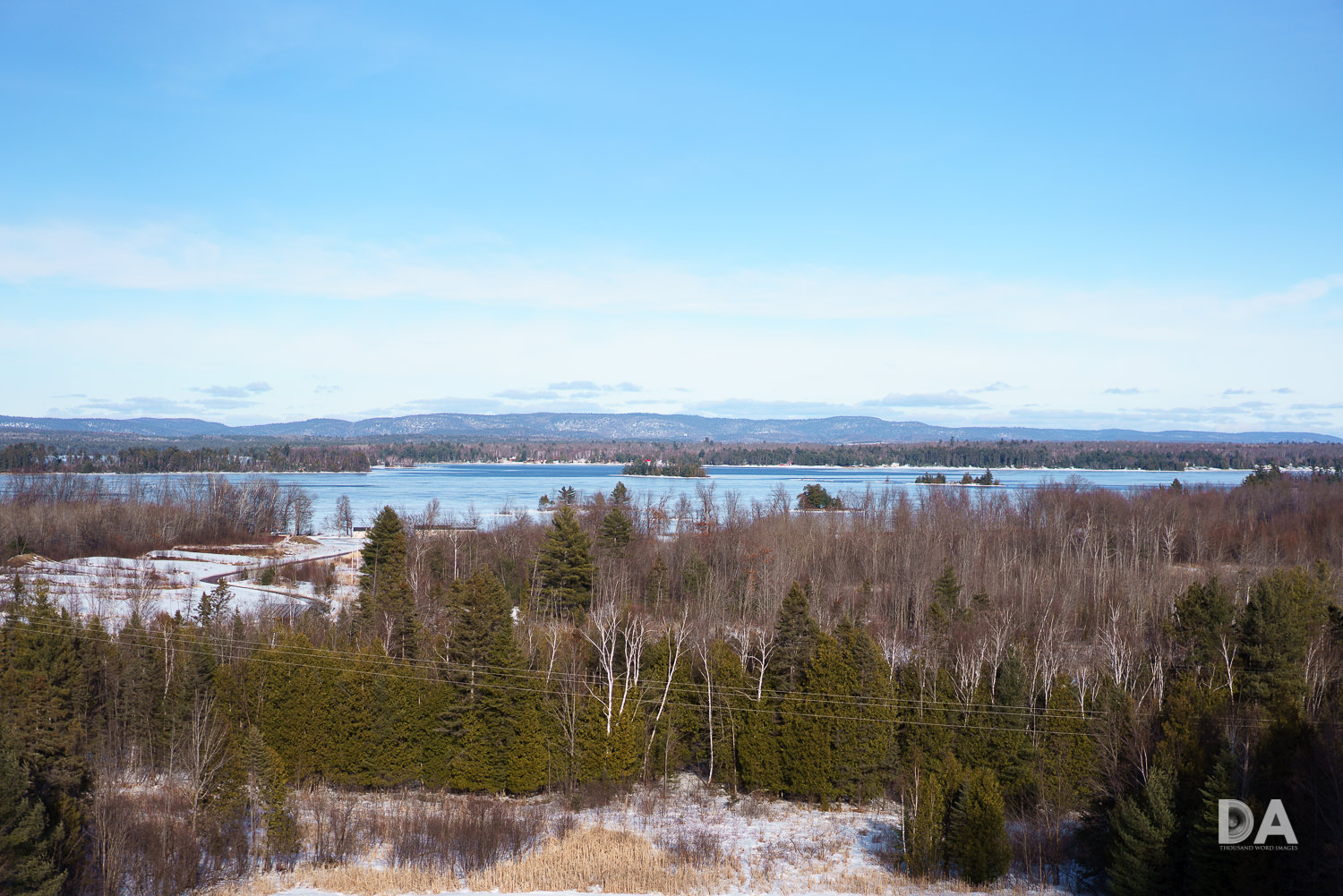
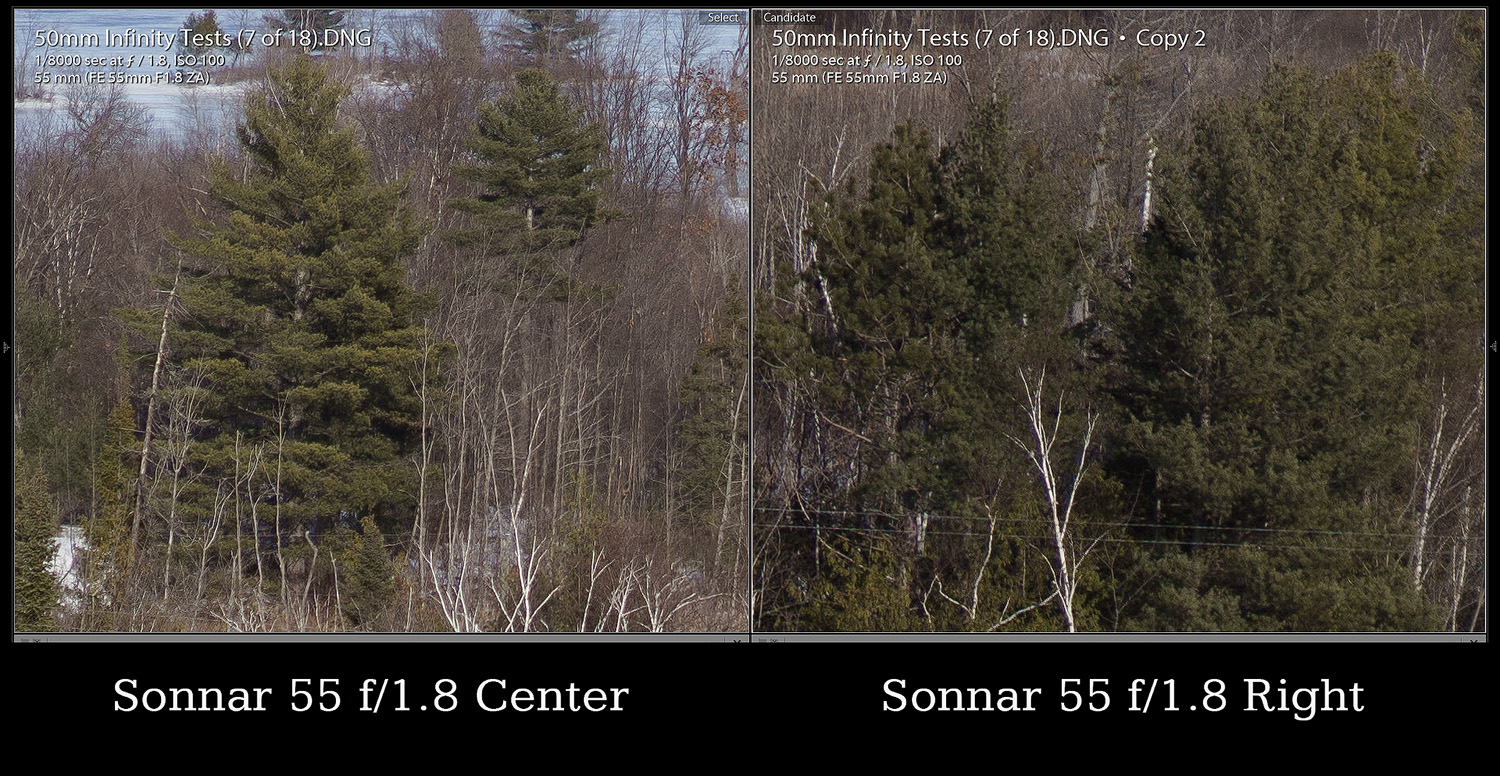
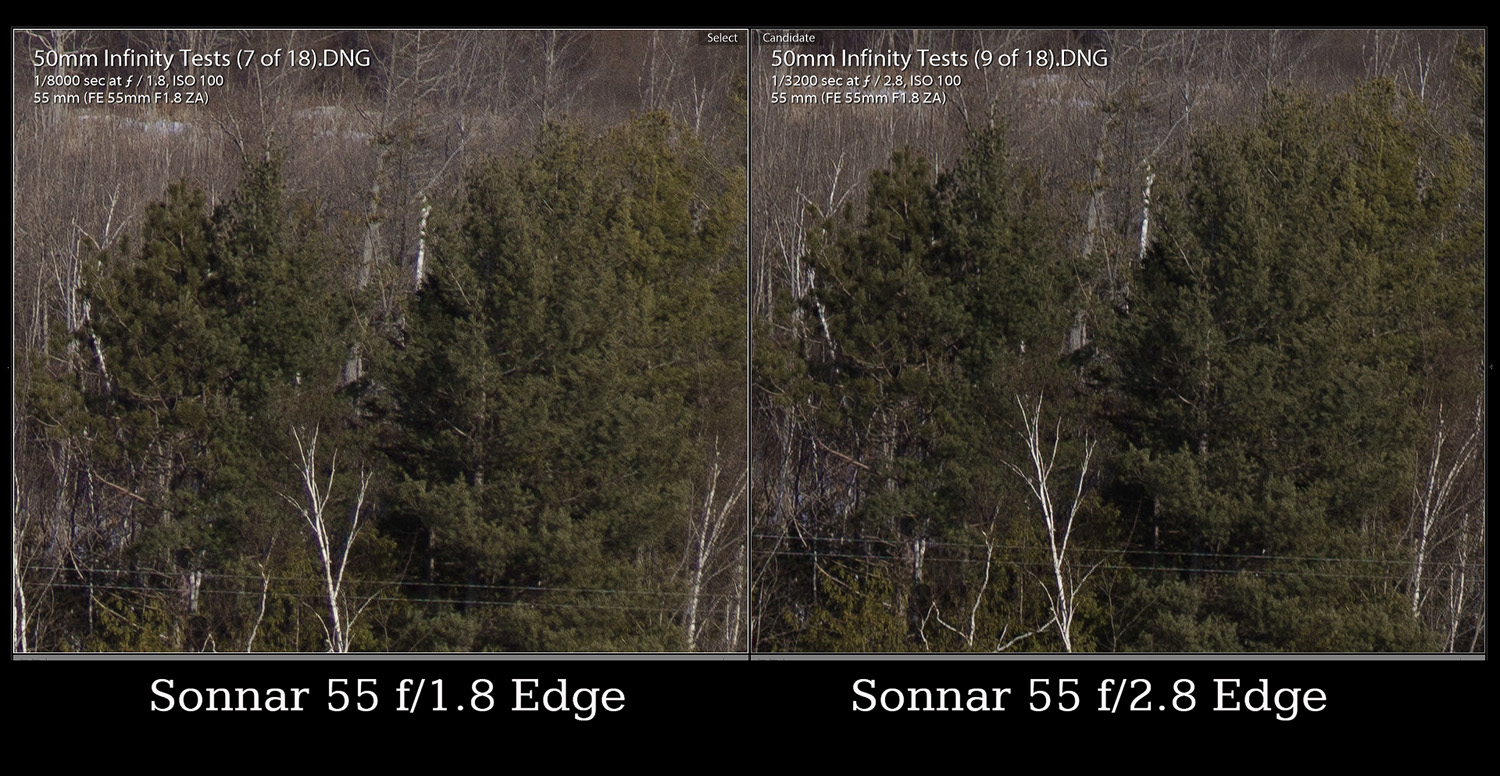
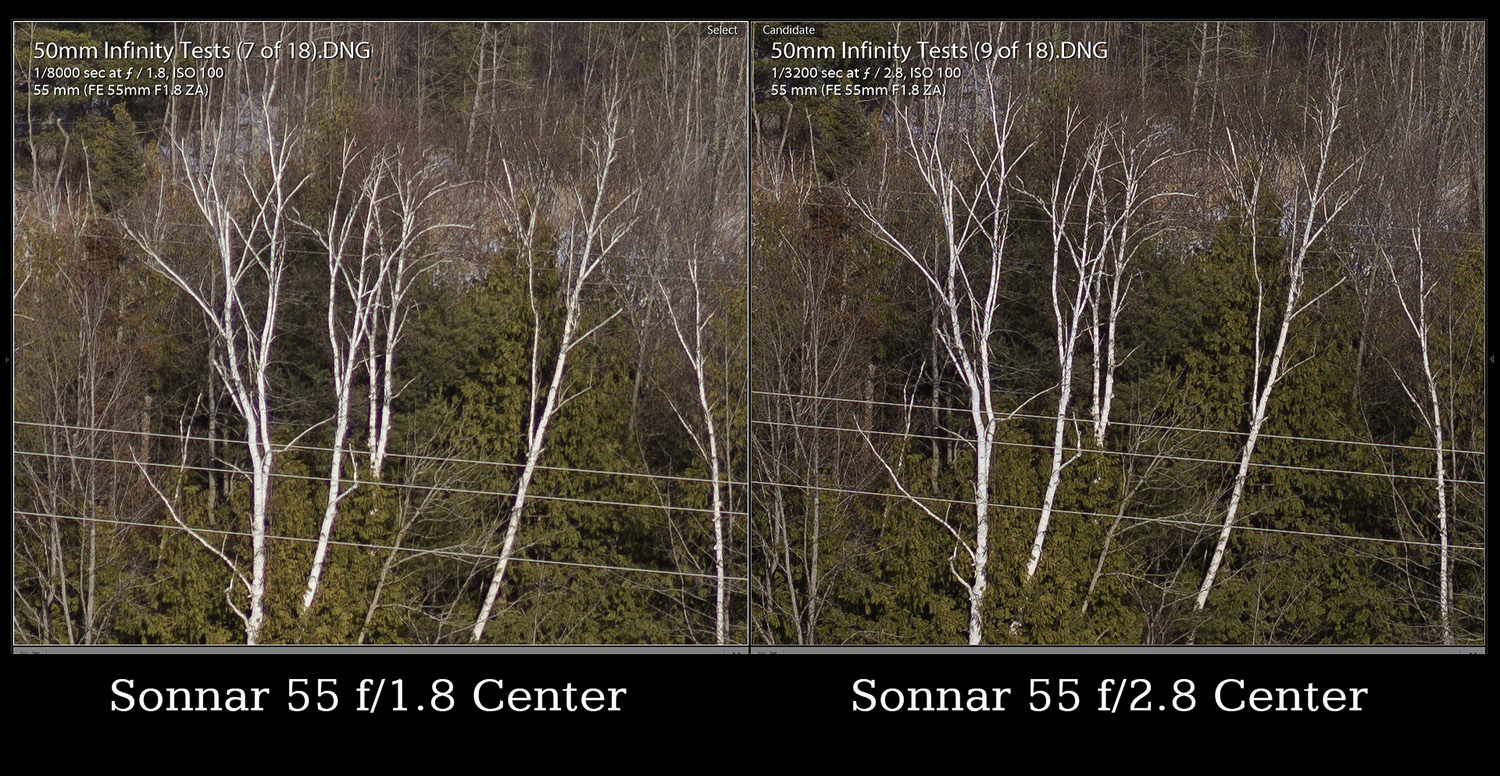



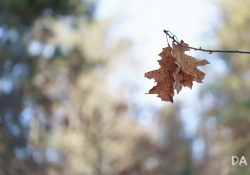
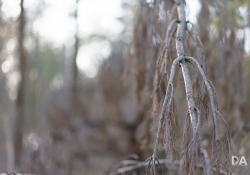

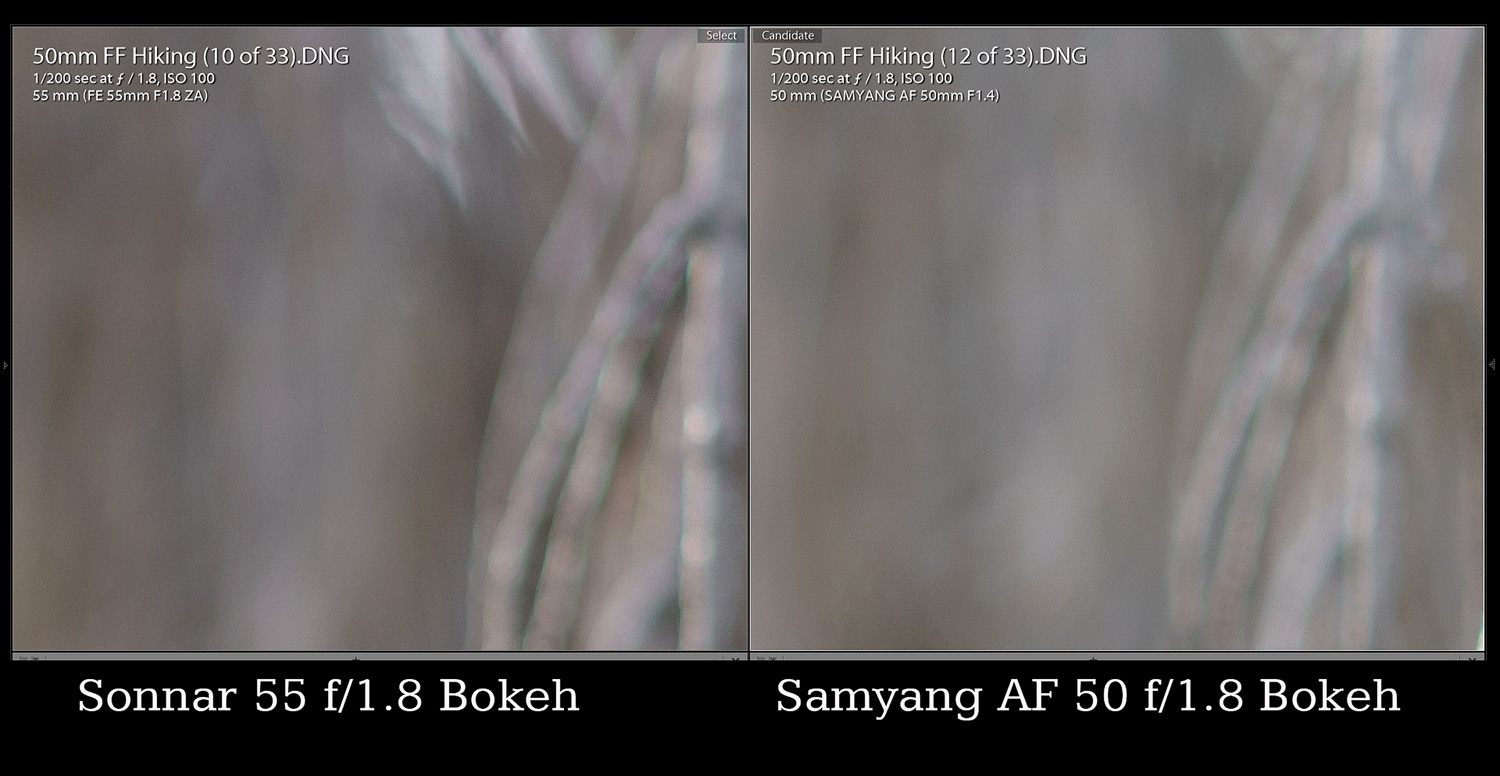
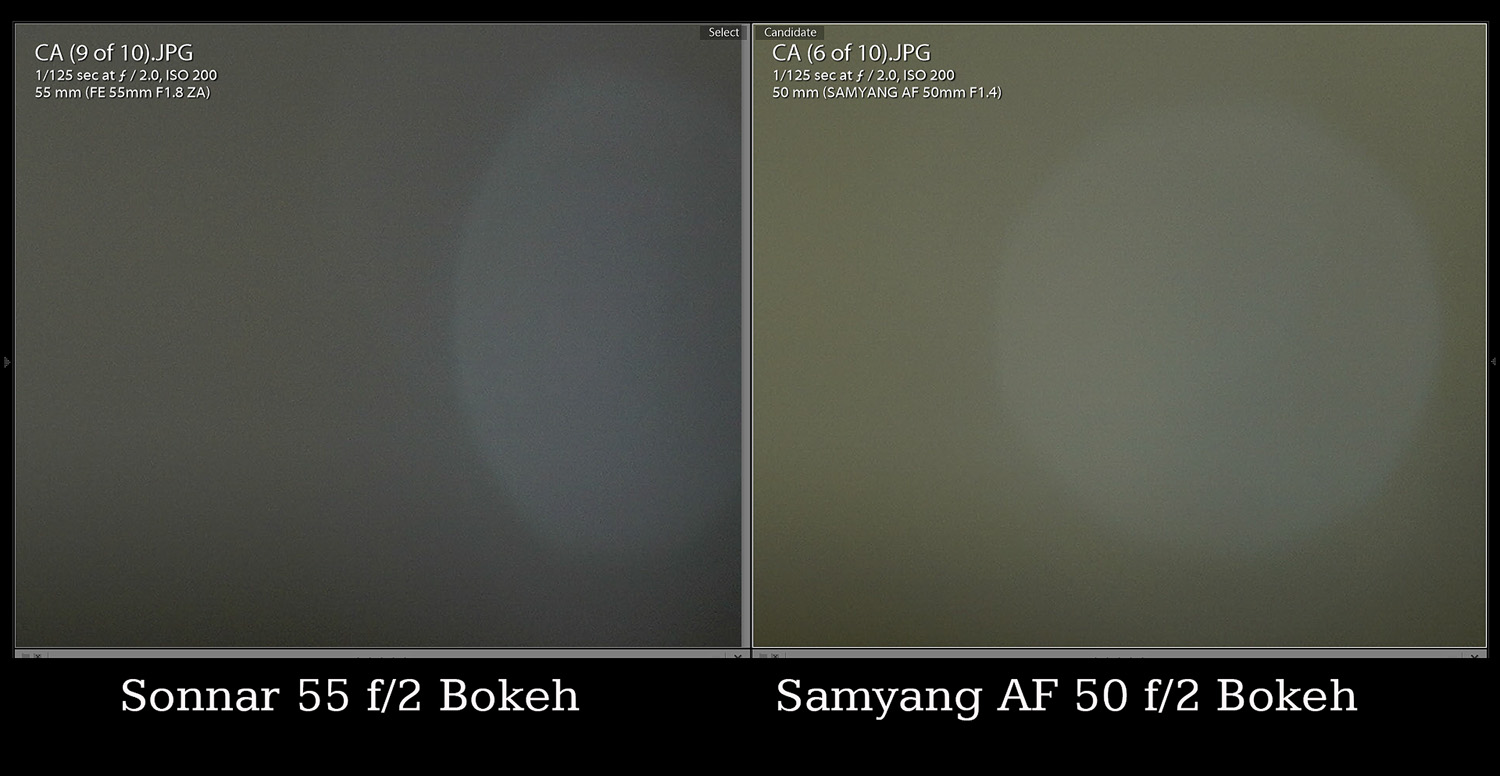
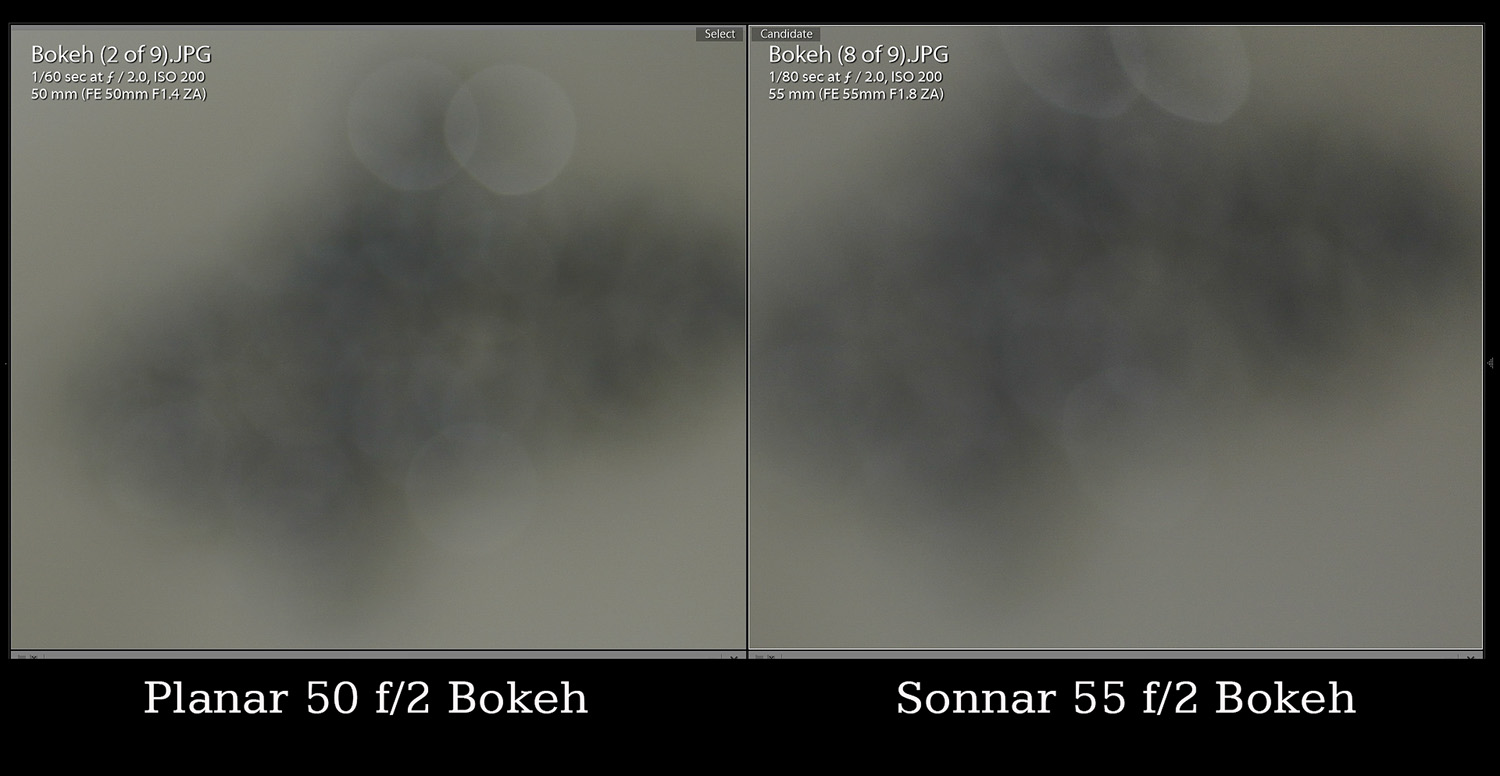



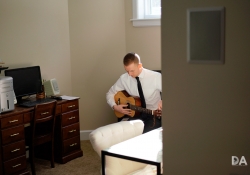
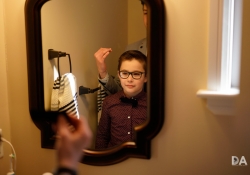


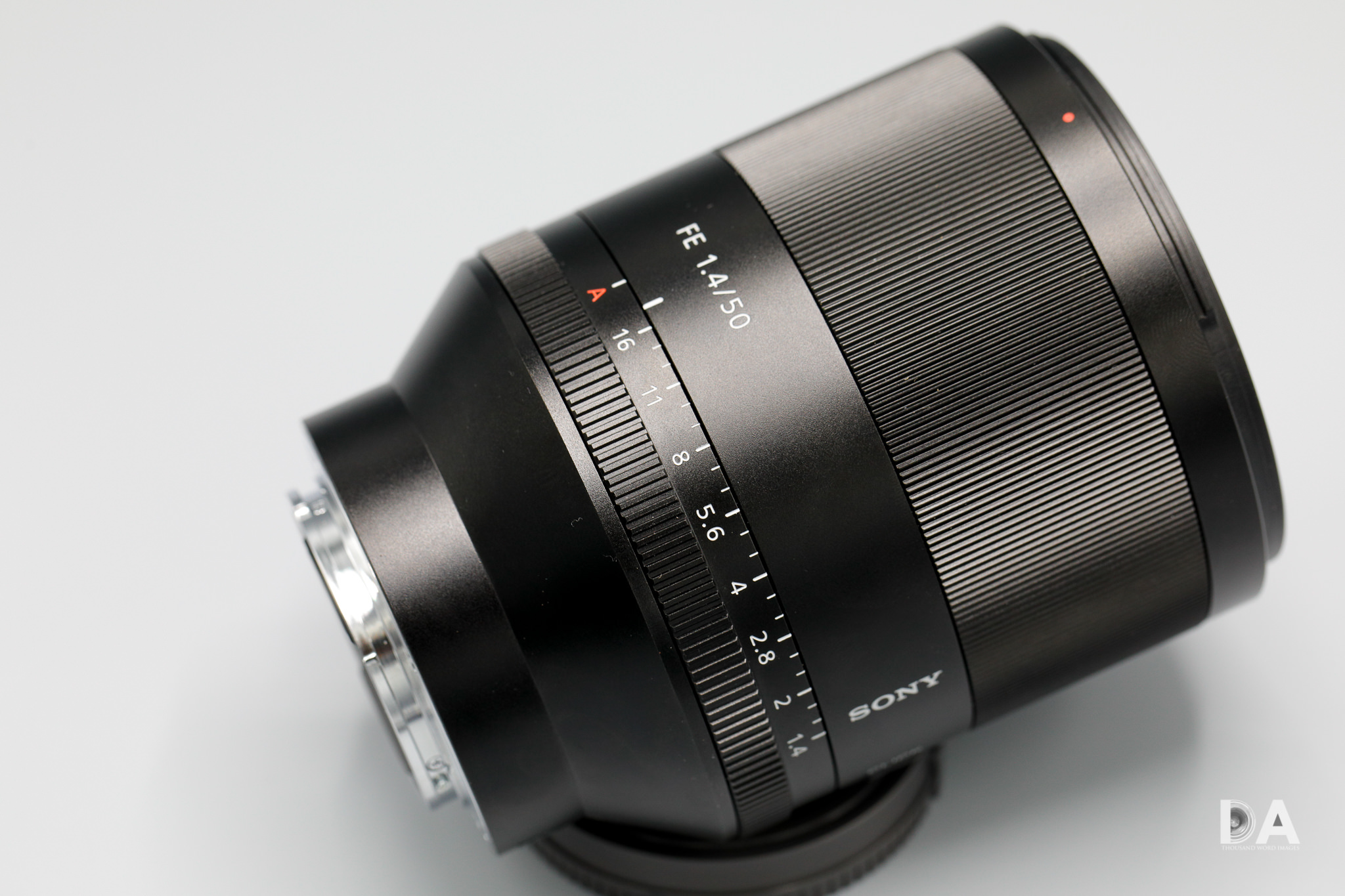
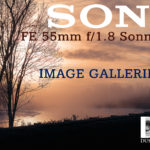
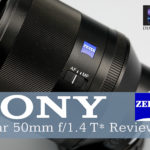




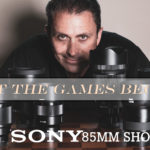
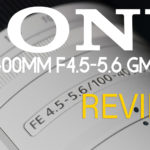


[…] Dustin Abbott […]